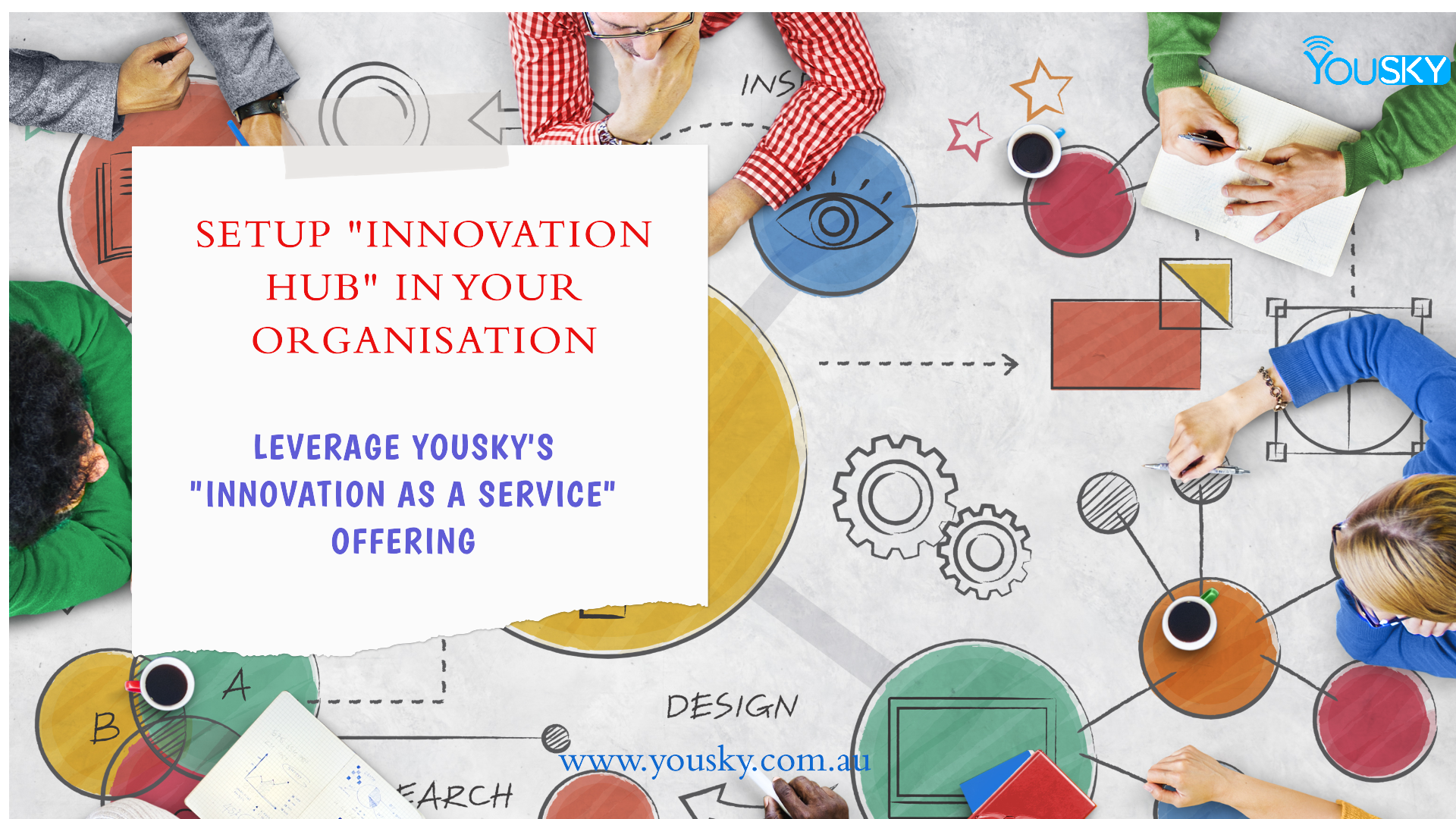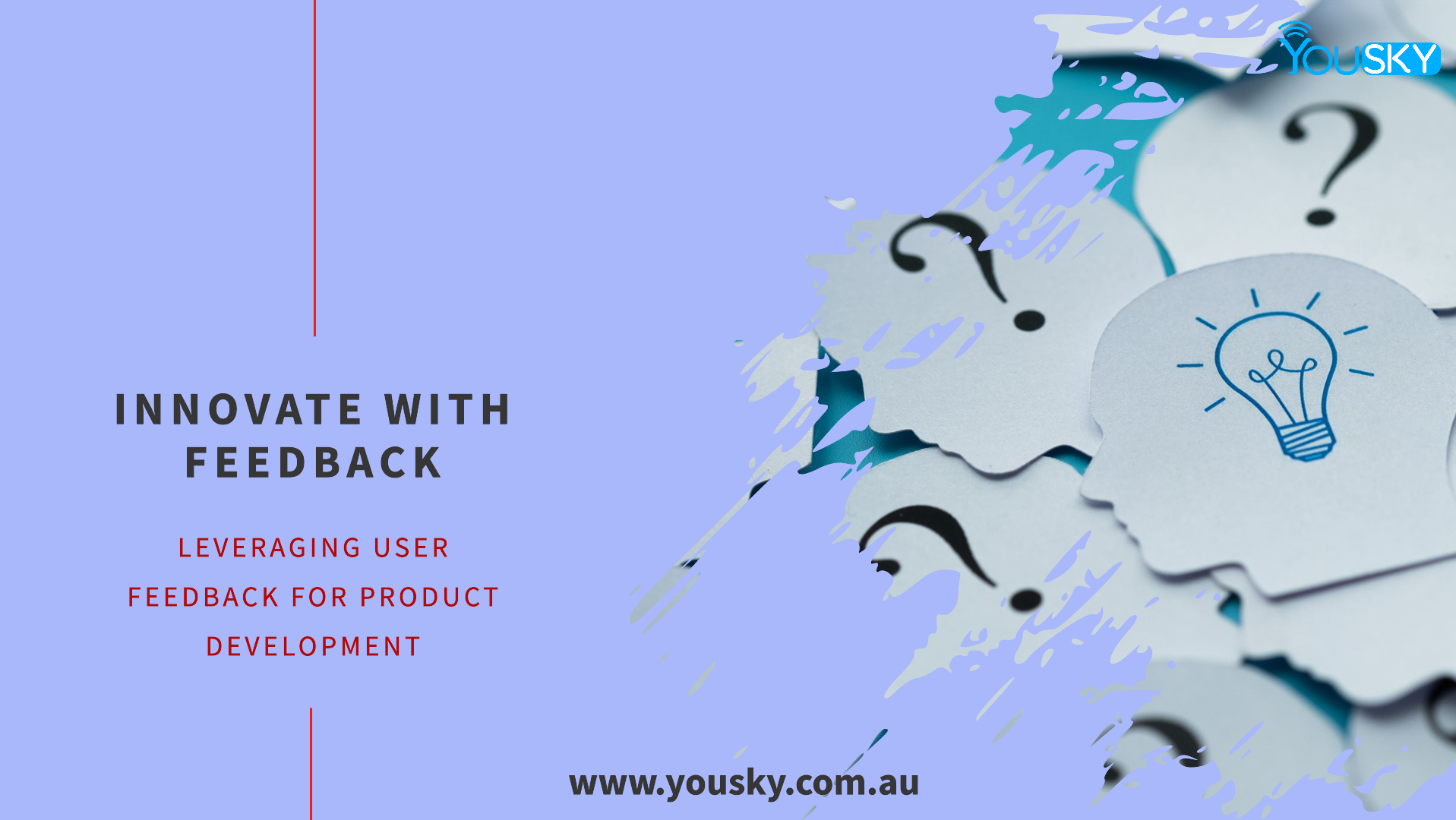
Innovate or Evaporate: The Imperative of Disruptive Innovation in Modern Organizations
Innovation is no longer a luxury; it is a necessity for survival and growth in the modern business landscape. In an era marked by rapid technological advancements, shifting consumer preferences, and intense global competition, organizations must constantly innovate to stay relevant and ahead of the curve. This article delves into the critical importance of innovation, with a specific focus on disruptive innovation, and how organizations can harness its power to maintain a competitive edge.
The Importance of Innovation
Staying Relevant in a Dynamic Market
In today’s fast-paced world, market dynamics are continually evolving. New technologies emerge, consumer behaviors shift, and competitors innovate. Organizations that fail to innovate risk becoming obsolete. Innovation enables companies to adapt to these changes, meet new demands, and capture new opportunities.
Driving Economic Growth
Innovation is a key driver of economic growth. It leads to the creation of new industries, job opportunities, and improved standards of living. Companies that invest in innovative practices often see significant returns in terms of increased revenue, market share, and profitability.
Enhancing Customer Experience
Innovative products and services enhance customer experience by meeting their needs in novel and effective ways. Companies that prioritize innovation can differentiate themselves from competitors and build strong customer loyalty.
Improving Operational Efficiency
Innovation is not limited to products and services; it also encompasses processes. By innovating operational processes, companies can increase efficiency, reduce costs, and improve overall performance.
Disruptive Innovation in the Modern Age
Definition and Origin
Disruptive innovation, a term coined by Harvard Business School professor Clayton Christensen, refers to innovations that create new markets and value networks, ultimately disrupting and displacing established market leaders and products. These innovations often start as simple applications at the bottom of the market but eventually move upmarket, challenging established players.
Characteristics of Disruptive Innovation
Disruptive innovations share several key characteristics:
– Accessibility: They are often more accessible and affordable than existing solutions.
– Performance: Initially, they may not perform as well as existing products but improve over time.
– Market Creation: They create new markets or transform existing ones.
– Incumbent Displacement: They challenge and eventually displace established market leaders.
Examples of Disruptive Innovation
Several historical examples illustrate the impact of disruptive innovation:
– The Personal Computer: Initially inferior to mainframe computers, personal computers eventually disrupted the entire computing industry.
– Digital Photography: Displaced traditional film photography by offering a more convenient and accessible way to capture and share images.
– Streaming Services: Services like Netflix disrupted the traditional television and film distribution models by offering on-demand, subscription-based content.
Why Organizations Need to Embrace Disruptive Innovation
Avoiding Obsolescence
Organizations that fail to recognize and respond to disruptive innovations risk becoming obsolete. Kodak, for example, failed to embrace digital photography despite inventing it, leading to its decline.
Capturing New Markets
Disruptive innovations enable organizations to capture new markets and customer segments. By addressing unmet needs or providing more affordable solutions, companies can expand their reach and grow their customer base.
Staying Competitive
In a competitive landscape, disruptive innovation can provide a significant advantage. Companies that embrace disruptive innovations can outpace competitors and establish themselves as industry leaders.
Fostering a Culture of Innovation
Embracing disruptive innovation fosters a culture of continuous improvement and creativity within an organization. It encourages employees to think outside the box and challenge the status quo, leading to sustained innovation and growth.
Strategies for Embracing Disruptive Innovation
Encouraging a Culture of Experimentation
Organizations should cultivate a culture that encourages experimentation and risk-taking. This involves creating an environment where employees feel safe to propose and test new ideas without fear of failure.
Investing in Research and Development
Investing in research and development (R&D) is crucial for fostering innovation. Companies should allocate resources to explore new technologies, conduct market research, and develop innovative solutions.
Partnering with Startups
Collaborating with startups can provide established organizations with fresh perspectives and access to cutting-edge technologies. Startups often operate with a disruptive mindset, making them valuable partners in the innovation journey.
Embracing Agile Methodologies
Agile methodologies promote flexibility and rapid iteration, enabling organizations to respond quickly to changing market conditions and emerging opportunities. By adopting agile practices, companies can accelerate their innovation processes.
Leveraging Customer Insights
Understanding customer needs and preferences is essential for driving innovation. Organizations should leverage data analytics and customer feedback to gain insights and develop solutions that address real pain points.
Building a Diverse Workforce
Diversity fosters innovation by bringing together different perspectives and ideas. Organizations should strive to build a diverse workforce that can contribute a wide range of viewpoints and creative solutions.
Establishing Innovation Labs
Innovation labs provide a dedicated space for experimentation and development of new ideas. These labs can operate with greater flexibility and autonomy, allowing teams to explore disruptive innovations without the constraints of the core business.
Challenges of Disruptive Innovation
Resistance to Change
One of the biggest challenges organizations face when embracing disruptive innovation is resistance to change. Employees and leaders may be reluctant to abandon established practices and embrace new, unproven ideas.
Balancing Core Business and Innovation
Organizations must balance their core business operations with the pursuit of disruptive innovations. This requires careful resource allocation and strategic planning to ensure that both areas receive adequate attention and support.
Managing Uncertainty
Disruptive innovation involves a high degree of uncertainty and risk. Organizations must be prepared to navigate this uncertainty and make informed decisions based on incomplete information.
Overcoming Organizational Inertia
Established organizations often have entrenched processes and cultures that can impede innovation. Overcoming this inertia requires strong leadership and a commitment to fostering a culture of continuous improvement.
Case Studies of Successful Disruptive Innovation
Netflix
Netflix began as a DVD rental service by mail, disrupting the traditional video rental industry dominated by Blockbuster. Recognizing the potential of streaming technology, Netflix transitioned to a subscription-based streaming service, further disrupting the entertainment industry and becoming a global leader in digital content distribution.
Tesla
Tesla disrupted the automotive industry by introducing electric vehicles (EVs) with superior performance and innovative features. Despite initial skepticism, Tesla’s focus on continuous innovation and sustainability has made it a market leader in the EV space.
Airbnb
Airbnb disrupted the hospitality industry by allowing individuals to rent out their homes to travelers, offering an alternative to traditional hotels. By leveraging technology and the sharing economy, Airbnb created a new market and transformed the way people travel and find accommodations.
Amazon
Amazon disrupted the retail industry by pioneering e-commerce and continuously innovating in areas such as logistics, cloud computing, and artificial intelligence. Amazon’s customer-centric approach and relentless focus on innovation have made it one of the most valuable companies in the world.
The Future of Disruptive Innovation
The Role of Emerging Technologies
Emerging technologies such as artificial intelligence, blockchain, and quantum computing hold immense potential for disruptive innovation. Organizations that stay at the forefront of these technologies will be well-positioned to drive the next wave of disruption.
Sustainability and Social Impact
As environmental and social concerns become increasingly important, disruptive innovations that address sustainability and social impact will gain prominence. Organizations that prioritize these areas will not only drive positive change but also capture new market opportunities.
The Importance of Continuous Learning
In a rapidly changing world, continuous learning and adaptability are essential for staying ahead. Organizations must invest in ongoing education and training to ensure their workforce remains equipped to navigate and drive innovation.
Collaboration and Ecosystem Development
Collaboration will play a crucial role in the future of disruptive innovation. Organizations should build and nurture ecosystems that bring together diverse stakeholders, including startups, academic institutions, and industry partners, to drive collective innovation.
In conclusion, innovation is the lifeblood of modern organizations. To stay ahead of the curve and thrive in a dynamic market, companies must embrace disruptive innovation. By fostering a culture of experimentation, investing in research and development, leveraging customer insights, and building a diverse workforce, organizations can harness the power of disruptive innovation to drive growth and maintain a competitive edge. The future belongs to those who dare to disrupt, challenge the status quo, and continuously reinvent themselves. The imperative is clear: innovate or evaporate.
✨ At Yousky, we offer “Innovation as a Service” to help your business stay ahead of the curve. From ideation to implementation, our expert team is here to guide you through every step of the innovation process. Ready to revolutionize your business? Reach out to us at info@yousky.com.au for more information.


